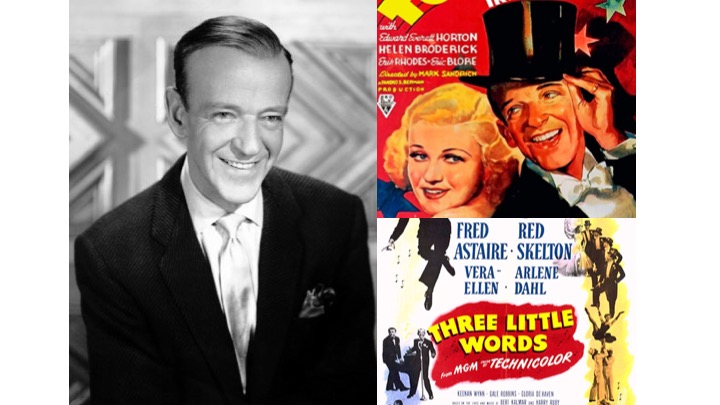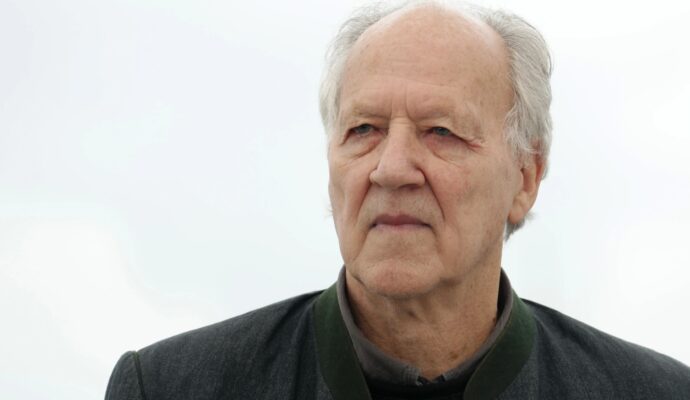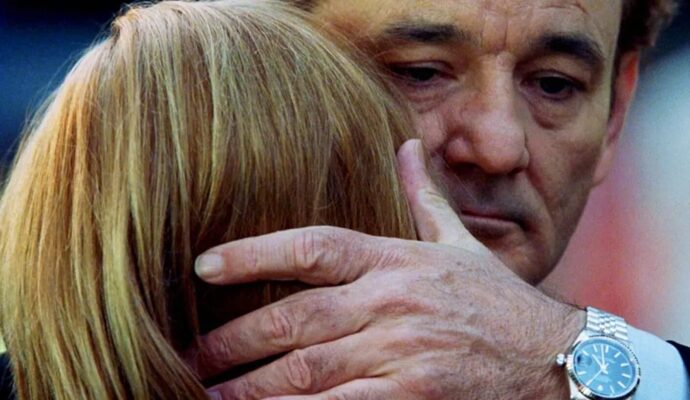(Follow Art House Film Wire on Facebook)
Fred Austerlitz was born on May 10, 1899, but the world knows him as Fred Astaire. The American Film Institute also knows him as one of the all-time greats, as the organization ranked him the number five male performer of classic cinema.
To celebrate the 119th year of his birth, here are two films to sit back and enjoy for an Astaire double-feature!
“Top Hat” (1935) – Astaire and Ginger Rogers starred in 10 motion pictures together, and this film, their fourth, was nominated for Best Picture. Jerry (Astaire) arrives in London to star in Horace’s (Edward Everett Horton) new stage production, and – in the beginning – this appears like a straight-forward premise, but once he meets Dale (Rogers), his life becomes complicated in two ways.
First, he falls head over heels for her, and quite frankly, how can he not? Dale is a gorgeous, blond American living abroad, but also financed by her quasi-boyfriend Alberto Beddini (Erik Rhodes), who loves to refer to himself in the third person.
Second, Dale accidentally confuses Jerry for Horace, which creates a case of mistaken identity for most of the 1-hour 41-minute musical comedy and plays out like a film version of every “Three’s Company” episode that you’ve ever seen. (But, this movie came first!)
So many nifty slights of hand and close calls almost bring Dale to the hopeful truth, but will she finally realize that Jerry is Jerry, and not Horace?
Most moviegoers will easily predict a happy ending for these two, but the picture’s joy is not with “will they or won’t they get together”, but it rests with Dale’s and Jerry’s confrontational and cagey courtship. Their on-screen time together. Of course, their beautifully choreographed song and dance numbers engender warm smiles, with “Isn’t it a Lovely Day (to be Caught in the Rain)” and “Cheek to Cheek” topping this critic’s list. Astaire also sets a high bar with his athletic tap dance moves in “Fancy Free” during the film’s first few minutes.
Speaking of minutes, Rhodes’s logs some impressive and hilarious ones as a scorned love interest, but “Top Hat” really is Astaire’s and Rogers’s film that continues their long run of big screen hits.
Note that the final Jerry/Horace reveal – surprisingly – is a bit of a nonevent, and the lead-in to the last production number is a bit underwhelming. Otherwise, “Top Hat” is a great way to cover the first half of your Astaire double-feature experience! (Amazon Streaming, Netflix DVD)
⭐⭐⭐ 1/2 out of ⭐⭐⭐⭐
“Three Little Words” (1950) – For a majority of this musical biography – about the real-life songwriting duo of Bert Kalmar and Harry Ruby – three little words might be “Astaire, Skelton and Vera-Ellen”, who play Kalmar, Ruby and Jessie Brown Kalmar, respectfully. These three carry so much star power ammunition, director Richard Thorpe could blast them on screen and place them in any situation – like collaborating on a Sunday morning crossword puzzle – and they could entertain an audience for 1 hour and 42 minutes.
Thankfully, this film is much more than a simple word puzzle, but admittedly, its structure plays loose, which makes “Three Little Words” a satisfying experience, but not necessarily a life-changing one. It plays to Astaire’s strengths of song and dance, as the history of this iconic pair breezes in a light narrative.
Kalmar is light on his feet and enjoys a thriving career with Jessie as a dynamic musical/dance couple. They sell out theatres, halls and amphitheaters with their engaging personas and massive talent. From their initial performance dressed in matching tuxedoes in “Where Did You Get that Girl?” to sporting domesticated lime green flair in “Mr. and Mrs. Hoofer at Home”, Astaire and Vera-Ellen inspire, as they burn up the screen with their rhythmic, kinetic limbs running in synchronicity.
Vera-Ellen is particularly stunning and offers gymnast-like vitality and appeal. Astaire certainly conveys masterful grace and cradles Vera-Ellen’s vibrant energy, as they perform on-stage aerobatics, loaded with daring thrills.
Where Ginger Rogers matches Astaire’s elegance, Vera-Ellen compliments him with her nimble physicality.
Kalmar also splits time (and he has to) with Ruby, as their relationship consists of arguments, differing musical ideas and mentor/student-like tension. All in good fun, of course. Skelton gets some chances to show off his trademark physical comedy, but it is mostly contained with a couple baseball (of all things) sequences. Skelton mainly stays understated with only a few zany tangents, as he drives safely within the guardrails of the character. These two characters do pen several likable songs, as the screenplay allows for several chances for musical reveals.
Richard Thorpe crafts years of this successful songwriting duo’s history, and, stylistically, the film probably makes the best choices in showcasing their creative processes: they write a series of songs and then perform them.
The basic formula goes like this: Kalmar and Ruby form a two-man caucus, and then Astaire breaks into song. Debbie Reynolds (yes, that Debbie Reynolds) gets a turn to throw her singing hat in the celluloid ring too and embraces a couple wonderful moments!
By delivering so many cherished moments, Astaire garnered a Best Actor (Comedy or Musical) Golden Globe award for his portrayal as Kalmar, in a vehicle perfectly tailored for him, but quite frankly, Vera-Ellen stands out as the big winner when speaking these three little words: “Astaire, Skelton and Vera-Ellen”. (Amazon Streaming, Netflix DVD)
⭐⭐⭐ out of ⭐⭐⭐⭐
Image credits: IMDB, RKO Radio Pictures, MGM
Movie clip credits: Ryan Wenzel; Warner Archive Instant




